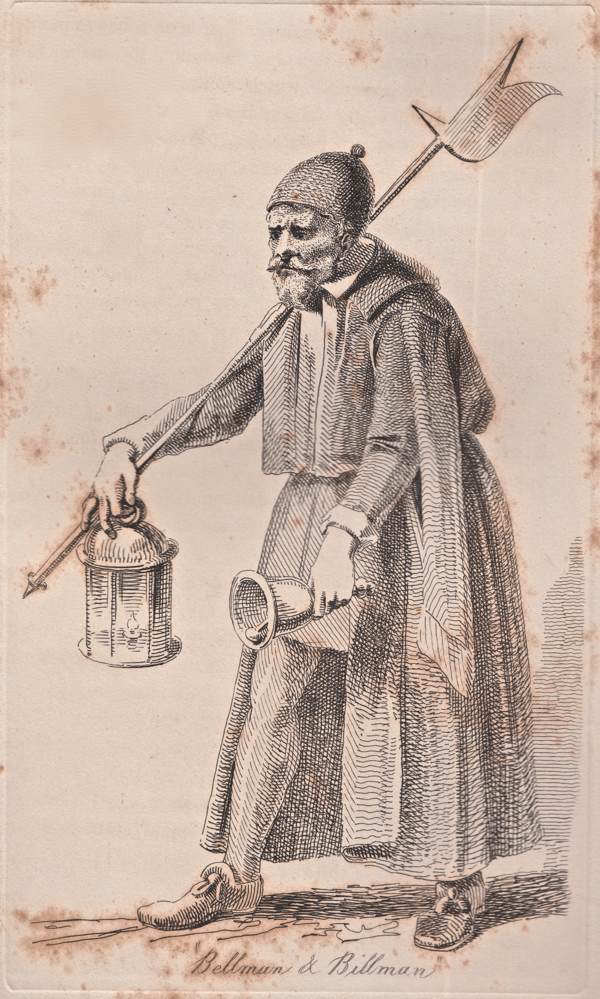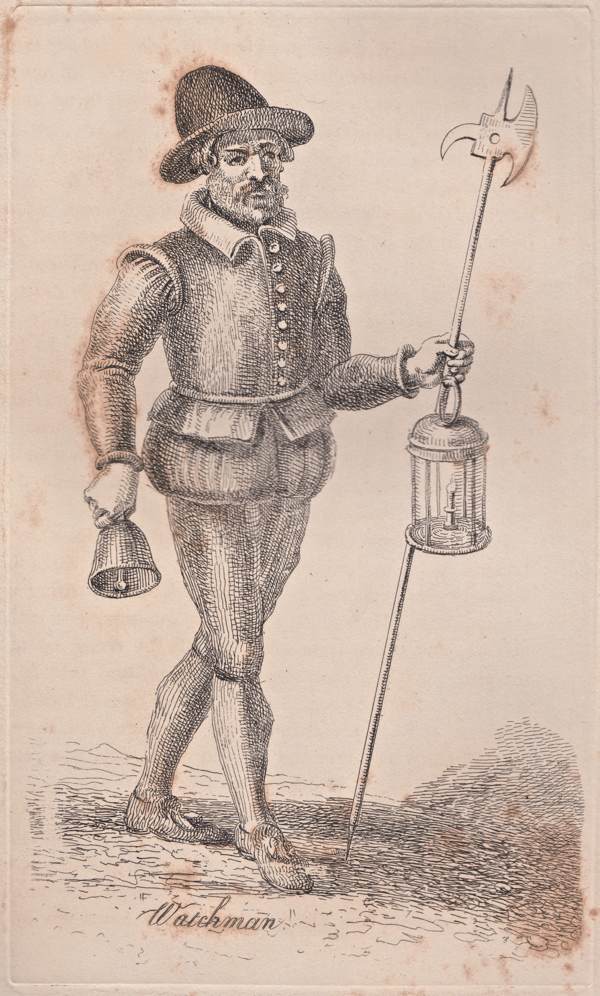John Thomas Smith’s Old London Cries
John Thomas Smith also known as ‘Antiquary Smith’ (1766–1833)
My interest in the Cries of London originally stemmed from writing about the market traders in Spitalfields and thus I was fascinated to discover that – two hundred years ago – John Thomas Smith drew the street hawkers in London and it led him to look back at images from earlier centuries too. Similarly, Samuel Pepys collected prints of the Cries of London of his own day and from the past, which makes me wonder about my illustrious predecessors in this particular cultural vein and whether they also shared my passion for these prints as the only historical record of the fleeting street life of our ancient city.
A colourful character who claimed to have been born in the back of a Hackney carriage, John Thomas Smith became keeper of prints at the British Museum and demonstrated a superlative draftsmanship in his vivid street portraits – with such keen likenesses that, on one famous occasion, his subjects became suspicious he was working for the police and chased him down the street in a mob. The prints shown here are Smith’s drawings of prints from the seventeenth century which especially appealed to him, and that he discovered in the course of his work as an archivist.
Bellman (Copied from a print prefixed to ‘Villanies discovered by Lanthorne and Candlelight’ by Thomas Dekker 1616)
“The Childe of Darkness, a common Night-walker, a man that had no man to wait upon him, but onely a dog, one that was a disordered person, and at midnight would beate at men’s doores, bidding them ( in mere mockerie) to look to their candles when they themselves were in their dead sleeps, and albeit he was an officer, yet he was but of light carriage, being known by the name of the Bellman of London.”
Watchman (Copied from a woodcut sheet engraved at the time of James I)
“The marching Watch contained in number two thousand men, part of them being old souldiers, of skill to be captaines, lieutenants, serjeants, corporals &c. The poore men taking wages, besides that every one had a strawne hat, with no badge painted, and his breakfast in the morning.”
Water Carrier (Copied from a set of Cries & Callings of London published by Overton)
“When the conduits first supplied the inhabitants, there were a number of men who for a fixed sum carried the water to the adjoining houses. The tankard was borne upon the shoulder and, to keep the carrier dry, two towels were fastened upon him, one to fall before him and the other to cover his back.”
Corpse-Bearer
“When the Plague was at its height, it was the business of the Corpse-Bearers to give directions to the Car-Men who went through the City with bells, which they rang at the same time crying, ‘Bring out your Dead.'”
Hackney Coachman (Copied from a print published by Overton in the reign of Charles II)
The early Hackney Coachman did not sit upon the box as the present drivers do, but upon the horse, like a postilion – his whip is short for that purpose, his boots which have large open broad tops, must have been much in the way when exposed to the weight of the rain. His hat was pretty broad and so far he was screened from the weather. In 1637, the number of Hackney Coaches in London was restricted to fifty but by 1802 it was eleven hundred.”
Jailor (Copied from Essayes & Characters of a Prison & Prisoners by Geffray Mynshul of Grays Inn, 1638)
“If marble-hearted Jaylors were so haplesse happy as to be mistaken and be made Kings, they would, instead of iron to their grates, have barres made of men’s ribs.”
Prison Basket Man (Copied from a print published by Overton in the reign of Charles II)
“One of those men who were sent out to beg broken meat for the poor prisoners. This custom which perhaps was as ancient as our Religious Houses has long been done away by an allowance of meat and bread having been made to those prisoners who are destitute of support. It was the business of such men to claim the attention of the public by their cry of ‘Some broken breade and meate for ye poore prisonors! For the Lord’s Sake, pitty the poore!'”
Rat Catcher (Copied from Cries of Bologna, etched by Simon Guillain from drawings by Annibal Carracci, 1646)
“There are two types of rats in this country, the black which was formerly very common but is now rarely seen, bring superseded by the large brown kind, called the Norway rat. The Rat Catcher had representations of rats and mice painted upon a square cloth fastened to a pole like a flag, which he carried across his shoulder.”
Marking Stones (Copied from a woodcut engraved in the time of James I)
“The marking stones were either of a red colour or comprised of black lead. They were used in the marking of linen so that washing could not take the mark out.”
Buy A Brush (Copied from a print published by Overton in the reign of Charles II)
“In those days, floors were not wetted but rubbed dry, even until they bore a very high polish, particularly when it was the fashion to to inlay staircases and floors of rooms with yellow, black and brown woods. These floors were rubbed by the servants who wore the brushes on their feet and they are in some instances so highly polished that they are dangerous to walk upon.”
Fire Screens (Copied from a print published by Overton in the reign of Charles II)
“It appears from the extreme neatness of this man and the goods which he exhibits for sale, that they were of a very superior quality, probably of foreign manufacture and possibly from Leghorn, from whence hats similar to those on his head were first brought into England”
Sausages (Copied from a print published by Overton in the reign of Charles II)
“The pork shops of Fetter Lane have been for upwards of one hundred and fifty years famous for their sausages, but those wretched vendors of sausages who cared not what they made them of in cellars in St Giles were continually persecuting their unfortunate neighbours, to whom they were as offensive as the melters of tallow, bone burners, soap boilers and cat gut cleaners.”
Take a look at John Thomas Smith’s drawings of nineteenth century street traders






























Exceptionally professions in brilliant portraitures!
Love & Peace
ACHIM
Simply love this posting, Gentle. Thank you.
what wonderful faces and detail, though the last one, the woman, seems rather the odd one out. Bur who would have guessed that the sausage vendor would be female, and a such a well-dressed one too?
Fascinating insights into what life was like then, rather macabre in some instances!
Thank you.
Brilliant reproductions. Thank you for posting them.